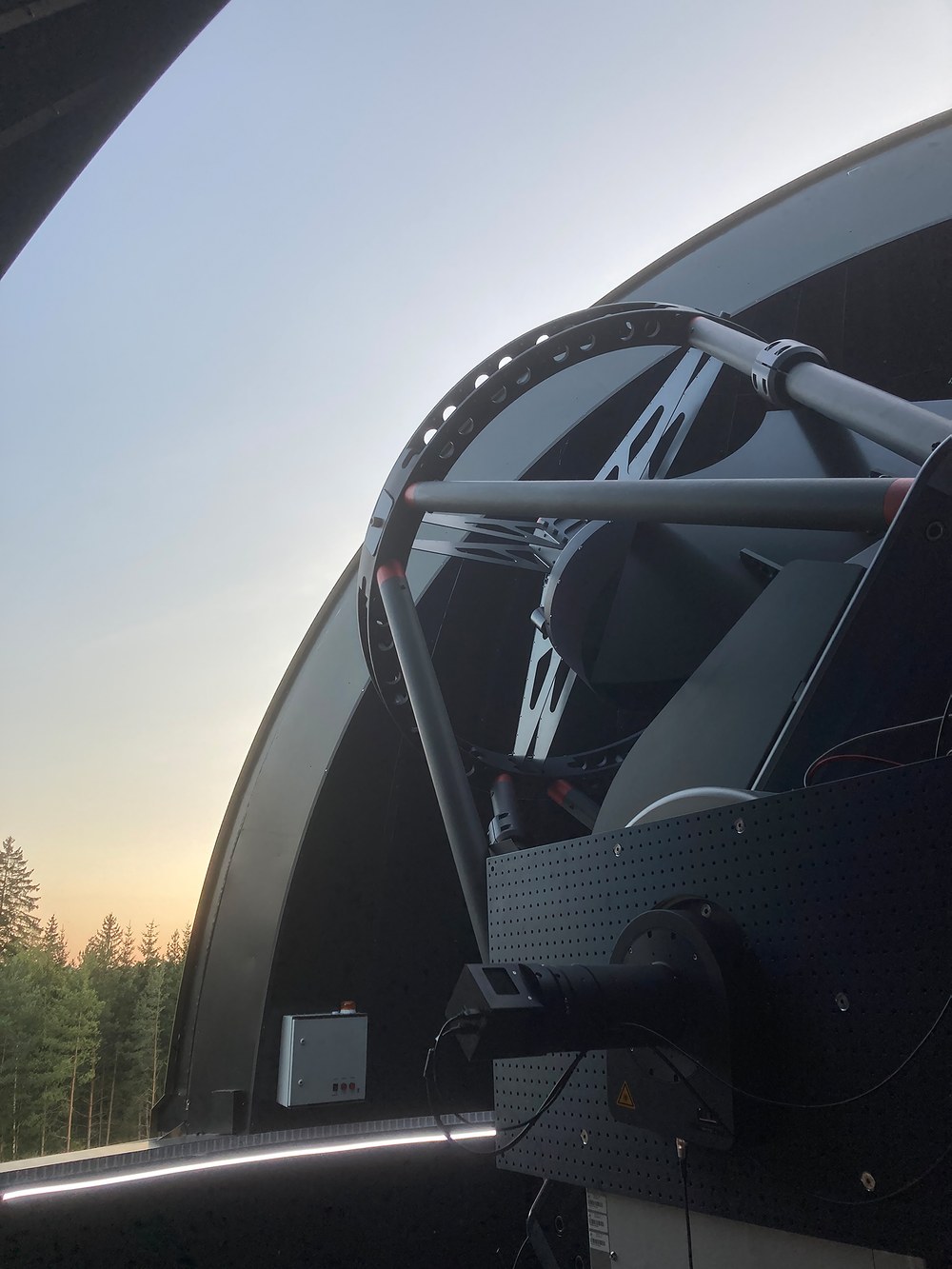DLR research observatory to be named after Johannes Kepler


- The DLR research observatory in Empfingen will be named the Johannes Kepler Observatory after the early modern astronomer Johannes Kepler.
- With the help of the observatory, DLR aims to determine the trajectory of objects in Earth's orbits very quickly and precisely.
- This data is vital to avoid collisions between satellites and space debris.
- Focal points: Spaceflight, security, laser technology, space debris
Johannes Kepler Observatory – this will be the name of the new research observatory of the German Aerospace Center (Deutsches Zentrum für Luft- und Raumfahrt; DLR). Work is currently underway to put the facility into operation at the Empfingen Innovation Campus. The observatory is a core research facility for the DLR Institute of Technical Physics. In future, it will be used to determine the trajectory and characteristics of near-Earth objects as quickly, precisely and reliably as possible. This information will make it possible to, for example, avoid collisions between space debris and satellites.
Co-founder of modern astronomy as eponym
"Johannes Kepler is regarded as the co-founder of modern astronomy and modern natural sciences. He formulated the laws to describe how the planets orbit the Sun: in an elliptical orbit with the Sun at a focal point of the planet’s orbit," says Thomas Dekorsy, Director of the DLR Institute of Technical Physics. Johannes Kepler spent his childhood and youth in the southwest of Germany. He was born in 1571 in Weil der Stadt near Stuttgart and studied in Tübingen. "This is why we cannot imagine a better eponym for our observatory," says Dekorsy, explaining the reasoning behind the name selection.
Unique research and development facility for the detection of space debris
The telescope at the Johannes Kepler Observatory is the largest of its kind in Europe for observing objects in orbit. The telescope, with a primary mirror measuring 1.75 metres in diameter, is housed in an almost 15-metre-high round tower with a rotating dome. The focus of the research and development work will be on high-precision orbit measurement using special lasers. The DLR researchers are looking to detect and locate objects down to 10 centimetres across and determine their trajectory as precisely as possible. The project is concentrating primarily on objects in Low Earth Orbit (LEO) located at a height of between 400 and 2000 kilometres above Earth. More and more satellites are orbiting our planet in LEO. That is why space debris at these altitudes poses a particular danger – for both uncrewed and crewed spaceflight, including the International Space Station (ISS).
With the Johannes Kepler Observatory, DLR is continuing its previous development work: "In recent years, we have successfully operated a smaller observatory on the Uhlandshöhe in Stuttgart. We were thus able to achieve initial research results and gain important experience for the planning and implementation of the Johannes Kepler Observatory," describes Wolfgang Riede, head of the Active Optical Systems department at the DLR Institute of Technical Physics. "This new and much larger telescope will make it possible for us to study even smaller objects and significantly advance technology development in this field."
The investment of approximately 2.5 million euros comes from funds provided by DLR and the Federal Ministry for Economic Affairs and Climate Action (BMWK). The research work contributes to the safe use of space. It is supported by the Security Programme Coordination organisation at DLR with funds from the Federal Ministry of Defence (BMVg).
